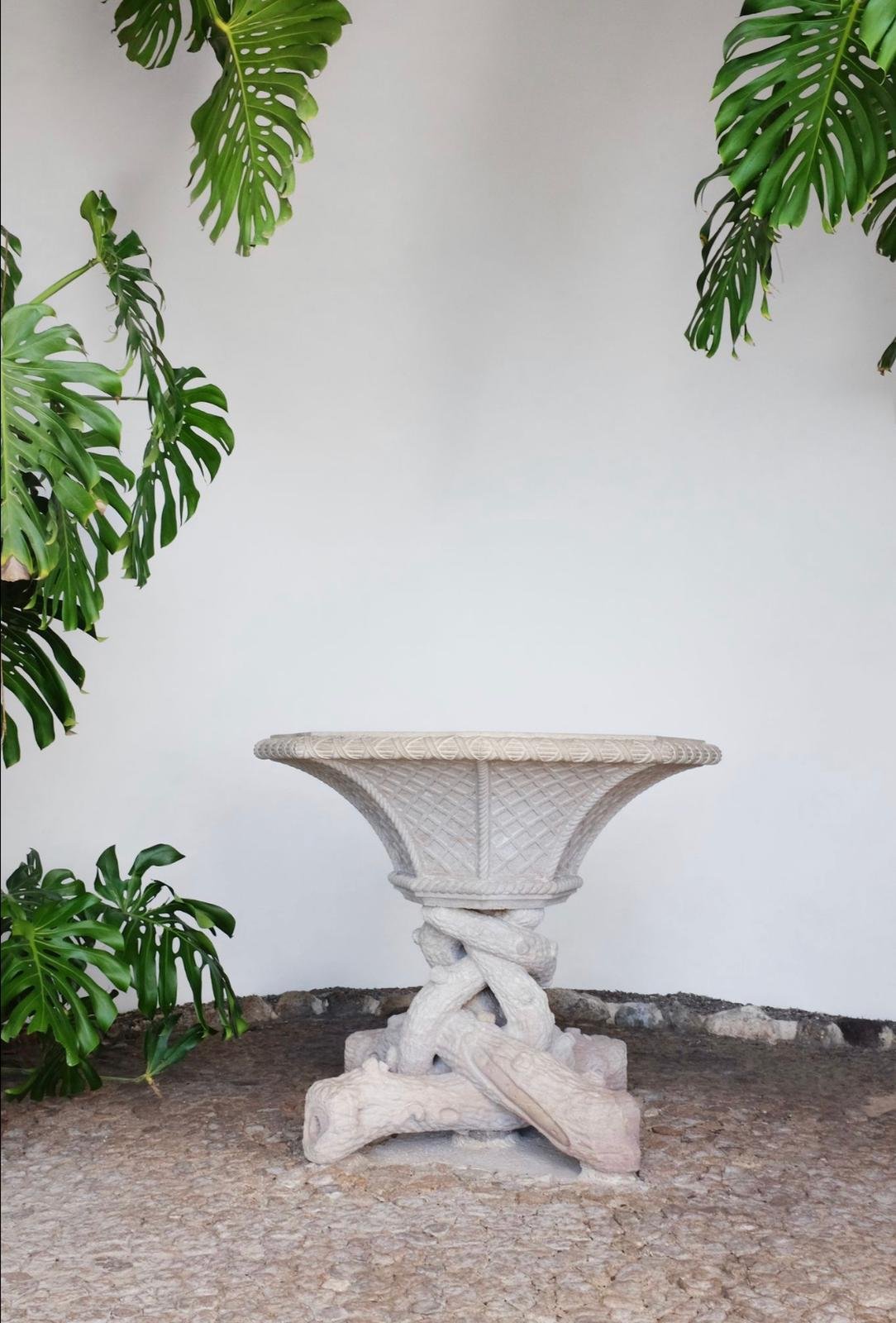















Curator Yoad Bar Noy
In her first solo exhibition, Missing Venus, Naama Klaiman presents us with inner landscapes, enveloped shells devoid of human presence that mark a full existence. She places easels with absent objects, compelling the viewer to become an active investigator who is trying to find logic, trying to build a narrative and find meaning that springs from the vague connections she creates. The spaces that appear in the photographs opperate along the seam between the private and public, yet at the same time it is impossible to clearly identify which is a private hotel room, or a light switch photographed in a crowded museum. Klaiman does not deal with staging but is in a continual process of searching for the absent-present moment. In a sense she is a collector of traces that came her way on her journeys; to use Derridean terminology, Klaiman collects traces of a missing signifier that operates between presence and absence, and presents the absence of the body as a memory in those traces.
Most of the works in this exhibition were shot during 2019 before the pandemic, and to a certain extent simulate roaming through a desolate lonely post apocalyptic world that prophesizes the isolation and remoteness that characterized the days of the peak of the pandemic around the world. The same public places and private rooms with an encoded presence characterize Klaiman’s previous work such as the Room 221 (2019) series, in which she documented hotel rooms whose guests just left, or in the Overnight (2015) series that presents shelter homes’ empty children’s beds.
In this exhibition Klaiman takes the subjects of the photograph out of their context and tries to create extraterritorial images that do not belong in a specific time or place. The absent human portraits she photographs create new moments that simultaneously exist and do not exist.